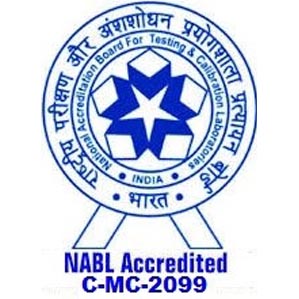What is Alport Syndrome?
Symptoms
During the initial stages, it is difficult to find out the existence of this condition. This is because the symptoms show up only when the aorta becomes large or when it bursts. Although, there is no telltale signal that an abdominal aortic aneurysm might give you, the symptoms generally are:
- Shortness of breath
- Coughing
- Chest or back pain
- Difficulty in breathing and swallowing
- Throbbing sensation near the navel
- Deep pain on the side of the abdomen
- Sick feeling in the stomach or vomiting, sweating and dizziness if aneurysm ruptures
Causes
Although, cardiologists do not know for certain what causes abdominal aortic aneurysm, some of the most probable causes include:
- Genetic defects
- Infection
- Plaque buildup in the arteries (Atherosclerosis)
- Sudden traumatic injury
Risks
The main risk factors are:
- Age over 65 years
- Smoking
- High blood pressure
- Plaque buildup in the arteries (Atherosclerosis)
- Men are more susceptible to this condition
- Family history in first-degree relatives
Prevention
To prevent the occurrence of Aortic Aneurysm, these are certain things one should take care of:
- Focus on your heart health. Live a healthy lifestyle
- Avoid smoking
- Control high blood pressure and cholesterol
How is it diagnosed?
At Sumitra Hospital, the following technologies are used to find the existence of an aneurysm:
- 256 Slice CT Scanning
- PET CT Heart
- X-Ray
- Echocardiogram
- CT Scanning
- Utrasound Scanning




